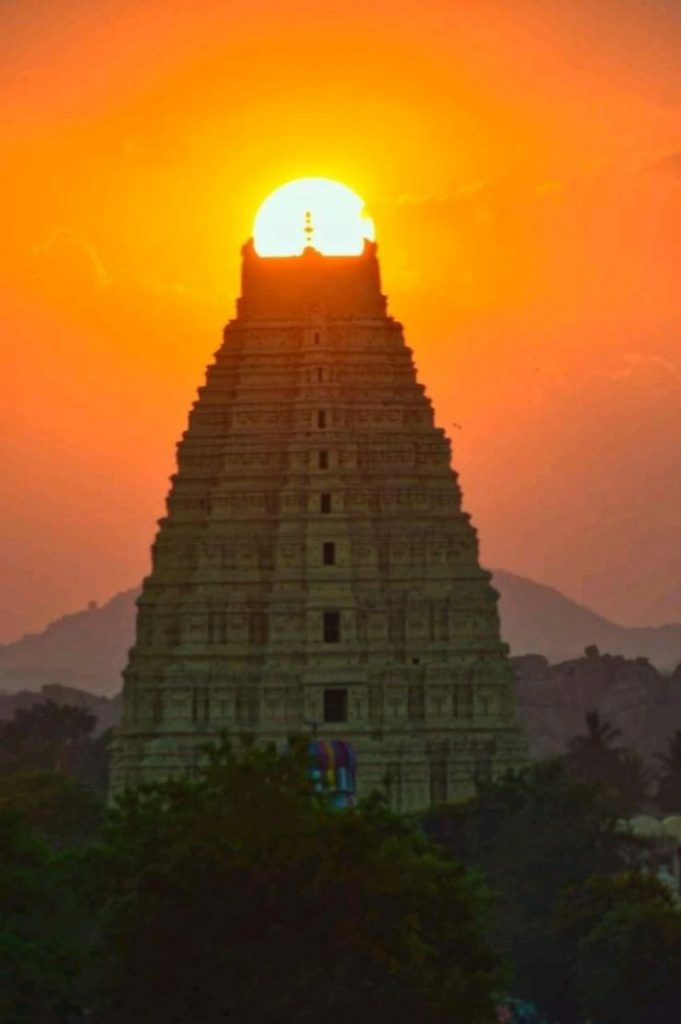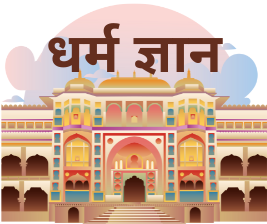Tucked away down on the southeastern tip of India lies Rameswaram, a city that whispers
ancient stories through salty ocean breaths and sacred beach. Known as one of the Char
Dhams — the four most important passage spots in Hinduism — Rameswaram Dham is n’t just
a place it’s a profound spiritual experience.
It’s believed that no trip of devotion is truly complete without a visit to this holy city. Why?
Because this is where Lord Rama, one of the most hallowed incorporations of Vishnu, broke on
his grand trip, and where every gravestone seems to carry echoes of his faith, trials, and godly
charge.
Let’s embark on a trip to explore the sacredness, history, and soul-soothing magic of
Rameswaram Dham — a place that connects the mortal heart to the vast ocean of godly
knowledge.

Rameswaram Where tradition Meets Geography
Rameswaram sits on Pamban Island, also known as Rameswaram Island, linked to landmass
India by the Pamban Bridge. Geographically, it’s close to Dhanushkodi, the last point of India
before Sri Lanka, and spiritually, it’s the place where Lord Rama is believed to have erected the
Ram Setu( Adam’s Bridge) to cross the ocean and deliverance Sita from Ravana in Lanka.
Rameswaram Where tradition Meets Geography
Rameswaram sits on Pamban Island, also known as Rameswaram Island, linked to landmass
India by the Pamban Bridge. Geographically, it’s close to Dhanushkodi, the last point of India
before Sri Lanka, and spiritually, it’s the place where Lord Rama is believed to have erected the
Ram Setu( Adam’s Bridge) to cross the ocean and deliverance Sita from Ravana in Lanka.
This is not just a story. When you stand on the props of Rameswaram and peer into the
horizon, it’s hard not to feel the weight of centuries of belief. Then, tradition and faith mix so
seamlessly with reality that indeed the swells feel to chant the name of Lord Rama.
The Sacred Ramanathaswamy Temple
The beating heart of Rameswaram Dham is the magnific Ramanathaswamy Temple, a
masterpiece of Dravidian armature and a spiritual hustler. It’s devoted to Lord Shiva, and what
makes it especially sacred is that the Shiva Linga then was worshipped by Lord Rama himself.
According to the Ramayana, after defeating Ravana, Rama wanted to vindicate himself of the
sin of killing a Brahmin( as Ravana was one). So, on the advice of pundits, he worshipped Lord
Shiva then, and Sita made a Shiva Linga out of beach on the shore.
This tabernacle isn’t just another sanctum. It holds deep emblematic significance it’s where
Vaishnavism( deification of Vishnu) meets Shaivism( deification of Shiva), showing the
concinnity of godly principles. Then, Rama, an manifestation of Vishnu, curvatures to Shiva in
modesty and love. What a beautiful communication of harmony for us all.
Architectural majesty and Spiritual Depth
The Ramanathaswamy Temple is known for its longest corridor in any Hindu tabernacle in the
world — a jaw- dropping 1,200 measures of pillared corridors that feel to stretch into
perpetuity. Walking through them is a pensive experience in itself. The tabernacle has 64 holy
water tanks or ‘ tirthas’, of which 22 are located within the tabernacle itself. Addicts take a
sacred bath in these tirthas before pacing for darshan.
Each tirtha is said to have unique spiritual parcels. Some are believed to cure affections,
others cleanse sins, and a many offer peace of mind. The water is drawn by hand, and bathing
in it’s considered as purifying as visiting the Ganga or Kashi.
The main Shiva Linga, believed to have been installed by Rama, is called Ramanathaswamy,
and the alternate, brought by Hanuman from Kailash, is known as Viswanathar. Both are
worshipped side by side, another sign of deep spiritual balance.
Ram Setu A Bridge of Faith and Wonder
One of the most fascinating aspects of Rameswaram is the legend of Ram Setu, the ground
erected by Lord Rama and his army of Vanaras to reach Lanka. Ancient Holy Writ describe this
ground in detail, and satellite imagery has shown a chain of limestone shallows stretching from
Rameswaram to the Mannar Island of Sri Lanka — making numerous believe the epic was n’t
entirely myth.
Whether you take it as nonfictional history or godly conceit, the idea of erecting a ground with
faith, cooperation, and purpose is deeply inspiring. The remnants of this ground can still be
seen during low drift and from upstanding views.
Dhanushkodi The Ghost city of Spiritual Silence
Just 20 km from Rameswaram lies Dhanushkodi, a city that formerly brimmed with life until it
was destroyed by a cyclone in 1964. moment, it stands in solemn silence, girdled by water on
three sides and carrying an nearly mystical air.
It’s also believed to be the starting point of the Ram Setu, and the name” Dhanushkodi” means”
end of the arc,” pertaining to the point where Lord Rama marked the ground’s launch with the
end of his arc.
Walking then feels like stepping out of time. There are no crowds, no rush — just the wind, the
ocean, and the quiet voice of the godly.
The Panchamukhi Hanuman Temple
No story of Rama is complete without his most devoted follower — Lord Hanuman. In
Rameswaram, you’ll find the Panchamukhi Hanuman Temple, where Hanuman is depicted with
five faces captain( Narasimha), steed( Hayagriva), monkey( Hanuman), boar( Varaha), and
eagle( Garuda).
This form symbolizes protection from all directions. Inside the tabernacle, you can also see
floating monuments said to be from the original Ram Setu. These monuments still baffle
scientists — they float despite their viscosity, adding another subcaste of conspiracy to this
sacred tale.
A trip for the Soul
A passage to Rameswaram is n’t just a trip; it’s a trip inward. Whether you come to seek
blessings, find peace, or just witness India’s rich spiritual heritage, Rameswaram does n’t fail.
There’s commodity deeply healing in the city’s meter — the chants in the tabernacle, the
ocean’s roar, the touch of holy water, the stories in every corner.
The stylish part? It does not demand perfection. You can come with your worries,
excrescencies, and questions and still feel accepted.
Planning Your Visit to Rameswaram Dham
still, then are some tips
If you’re ready to walk the sacred beach of Rameswaram.
Stylish time to visit October to April is ideal. Summers can be hot, and showers might intrude
trip plans.
How to reach You can reach Rameswaram by train via the notorious Pamban Bridge, by road
from Madurai or Chennai, or by air via Madurai Airport, 170 km down.
Stay options From budget dharamshalas to well- maintained hospices and heritage stays,
options are available for all types of pilgrims.
near spots Visit Agni Theertham, gandhamadan, Parvatham, Kothandaramaswamy Temple,
and Ariyaman Beach.
Dress modestly and admire tabernacle traditions. Early morning visits are most peaceful.
Final Reflections The Power of Faith and Surrender
Rameswaram is a place that asks nothing but gives everything. It does n’t promise cautions,
but it invites you to witness them — in the calm of the ocean, the devotion of fellow pilgrims, the
majesty of the tabernacle, and the moping power of a story further than 7,000 times old.
Lord Rama’s trip through Rameswaram teaches us that indeed God curvatures to Dharma(
righteousness), that modesty is strength, and that islands — whether made of gravestone or
love — can take us to the other side.
In a world full of chaos, Rameswaram offers a gentle memorial occasionally, the most
profound peace comes not from escaping life, but by surrendering to commodity lesser.
So, when are you packing your bags for Rameswaram Dham?
Wikipedia :- https://hi.wikipedia.org/wiki



Comments are closed.